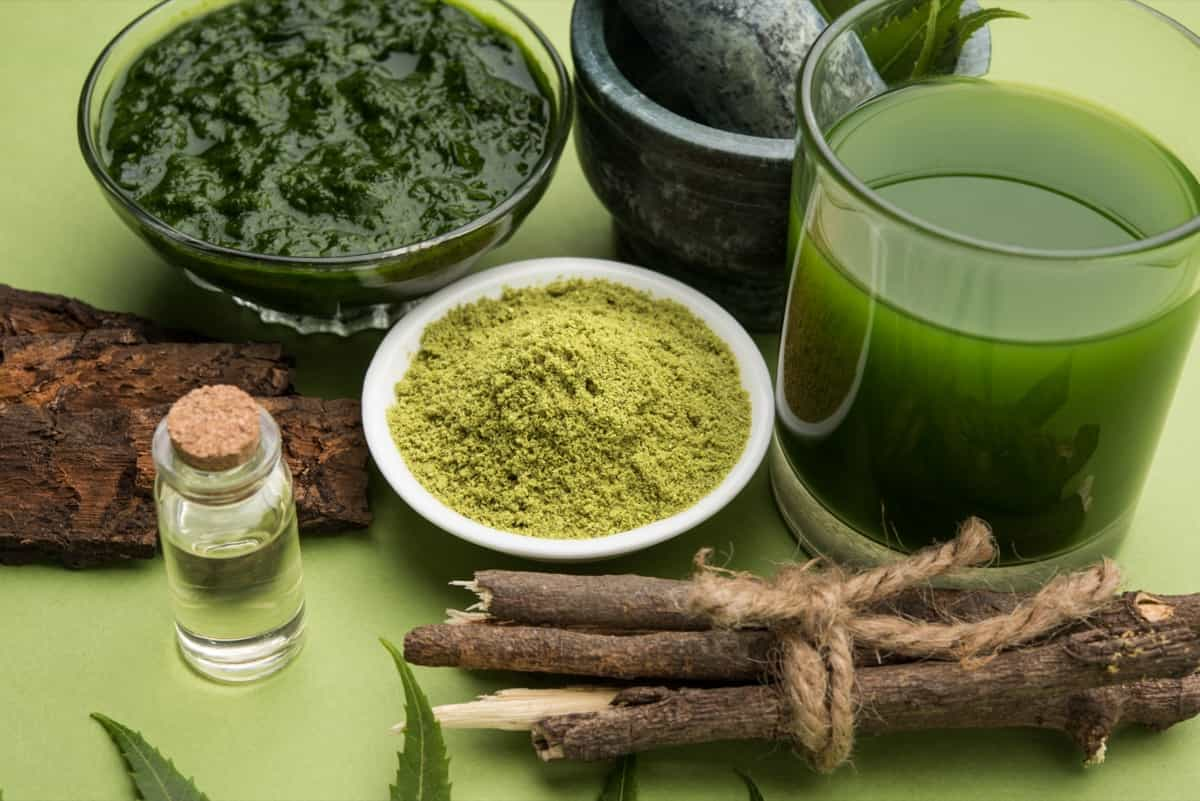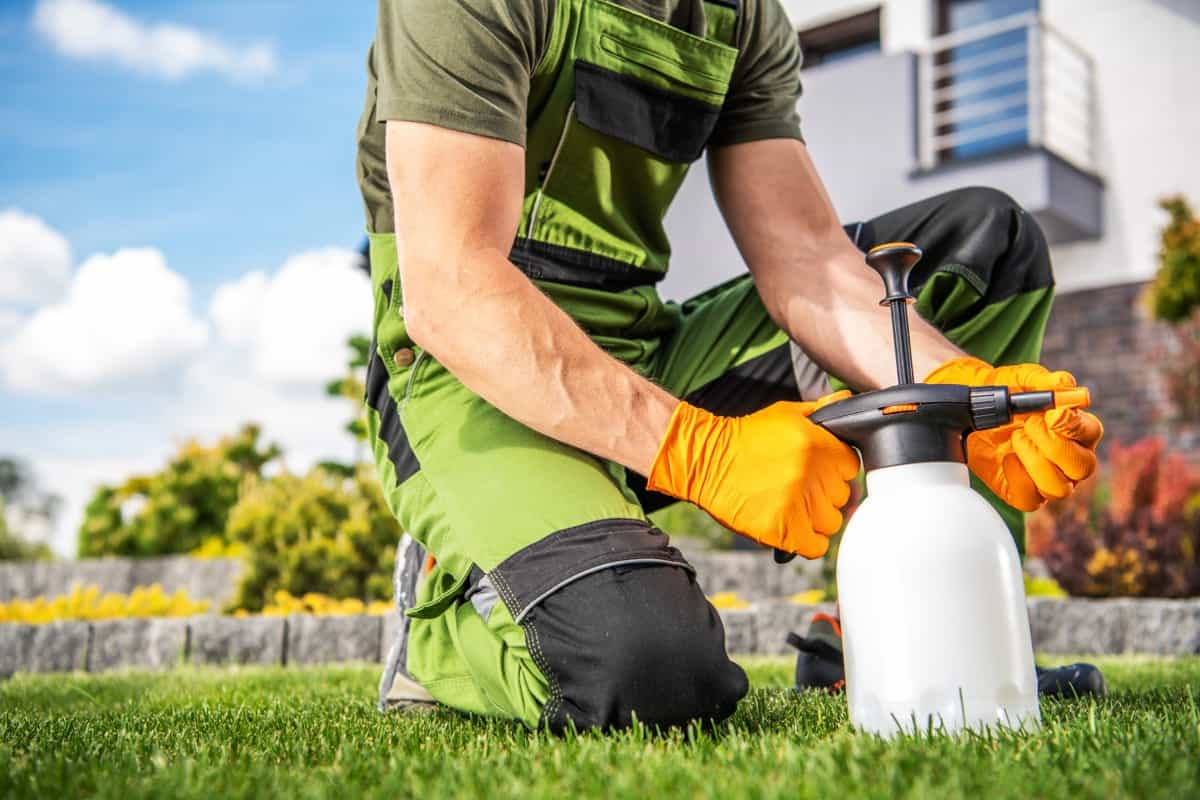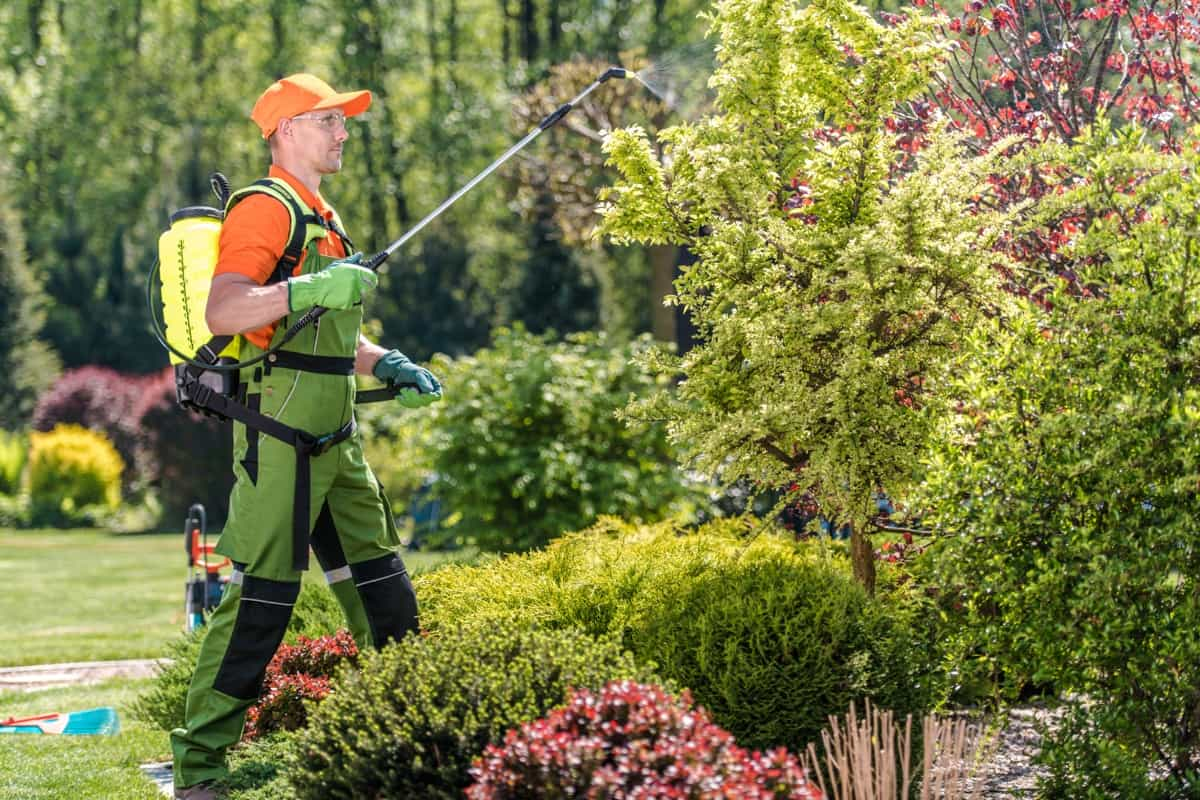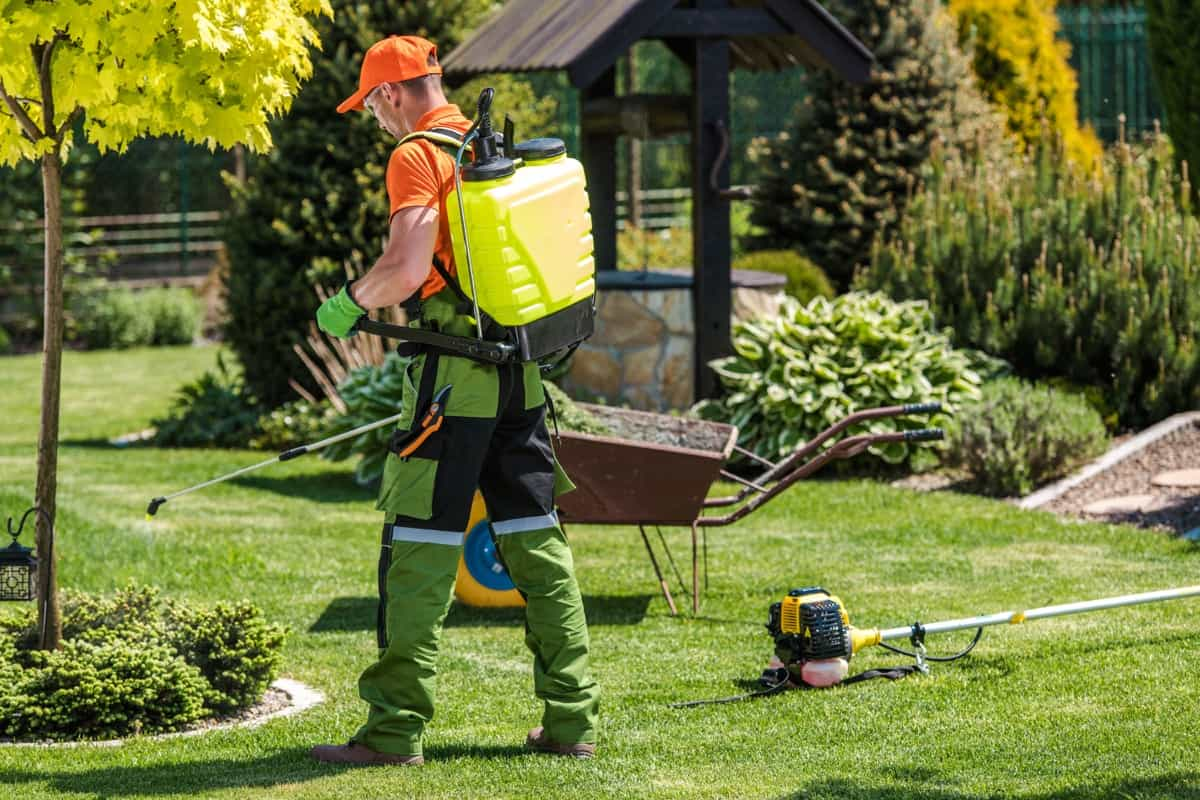Neem oil, derived from the neem tree’s seeds, is a versatile and natural solution for landscape plant care. It serves as an effective pesticide, fungicide, and miticide. With its active compounds, neem oil disrupts the life cycle of pests, repels insects, and prevents fungal diseases.

Dilute it with water and apply it to leaves for pest control or soil for root protection. Neem oil also acts as a growth regulator, promoting healthier plants. Additionally, it is environmentally friendly, posing minimal risk to beneficial insects. Regular use helps maintain a thriving and pest-resistant landscape without harmful chemical residues.
How to Use Neem Oil on Landscape Plants
The Benefits of Neem Oil for Landscape Plants
- This natural extract, derived from neem tree seeds, serves as a potent pesticide, effectively deterring and disrupting the life cycle of pests.
- It acts against fungal diseases, preventing their spread. Neem oil also promotes plant health by acting as a growth stimulant and enhancing the plant’s natural defenses.
- Furthermore, its eco-friendly nature ensures minimal harm to beneficial insects, maintaining a balanced ecosystem.
- Regular application of diluted neem oil supports lush, vibrant landscapes, free from pests and diseases, without the environmental concerns associated with synthetic alternatives.
How to Prepare Neem Oil Solution for Landscape Plant Treatment: Dos and Don’ts
Do’s
- Dilute Properly: Mix neem oil with water according to the manufacturer’s instructions. Typically, a 1 to 2 percent solution is effective.
- Use an Emulsifier (Optional): Adding a mild dish soap or a commercial emulsifying agent helps neem oil mix better with water and adhere to plant surfaces.
- Stir Well: Ensure thorough mixing to create a homogeneous solution.
- Apply in the Evening: Treat plants in the evening to avoid sun exposure, reducing the risk of leaf burn.
- Repeat Applications: For optimal results, regularly apply the neem oil solution, especially during the growing season or when pests are prevalent.
In case you missed it: 10 Best Online Landscape Design Services: Top-rated Online Landscape Design Service

Don’ts
- Overconcentrate: Avoid exceeding the recommended neem oil concentration, which may harm plants.
- Apply in Direct Sunlight: Refrain from treating plants during peak sunlight hours to prevent leaf burn.
- Neglect Undersides of Leaves: Ensure thorough coverage, including the undersides of leaves where pests often reside.
- Use Stale Mixtures: Prepare fresh solutions for each application; stale mixtures may lose potency.
- Disregard Safety Precautions: Wear protective clothing and follow safety guidelines to prevent skin or eye irritation.
- Expect Immediate Results: Neem oil may take time to show results; be patient and consistent with applications for long-term benefits.
How to Apply Neem Oil to Landscape Plants
- Prepare Diluted Solution: Mix neem oil with water according to package instructions (typically 1-2%).
- Use a Sprayer: Pour the neem oil solution into a garden sprayer for even distribution.
- Apply in the Evening: Treat plants during the evening to avoid sun exposure.
- Thoroughly Cover Plants: Spray all plant surfaces, including the undersides of leaves, ensuring comprehensive coverage.
- Repeat as Needed: Apply the solution regularly, especially during the growing season or when pests are prevalent.
- Avoid Overuse: Follow recommended application frequencies and concentrations to prevent potential harm to plants.
Neem Oil Used as a Natural Pest Control Method for Landscape Plants
Neem oil is a potent natural pest control method for landscape plants. Derived from neem tree seeds, it disrupts pests’ life cycles, acts as a repellent, and inhibits feeding. Its active compounds, such as azadirachtin, target insects while posing minimal risk to beneficial species. Neem oil also deters common garden pests like aphids, mites, and beetles, reducing the need for synthetic chemicals. Dilute neem oil in water and apply it as a spray for a sustainable and eco-friendly approach to pest management. Regular use controls infestations and promotes overall plant health in the landscape.
How to Use Neem Oil to Combat Fungal Diseases in Landscape Plants
- Mix Solution: Dilute neem oil according to instructions (usually 1-2%) in water.
- Stir Thoroughly: Ensure proper mixing for a homogeneous solution.
- Apply Evenly: Spray the neem oil solution on affected plant surfaces, covering both sides of the leaves.
- Repeat Regularly: Treat plants at the first signs of fungal issues and repeat every 7-14 days as needed.
- Focus on Prevention: Apply preventatively during humid conditions or periods favoring fungal growth.
- Use in Conjunction: Combine neem oil with good cultural practices for comprehensive fungal disease management in the landscape.
In case you missed it: Switzerland Landscaping Ideas for Backyard and Front Yard: Budget-friendly, Low-maintenance, and Cost per Square Foot

Neem Oil for Insect Prevention and Management in Landscape Gardens
Neem oil is a valuable insect prevention and management tool in landscape gardens. Dilute neem oil with water (1-2%) and apply using a sprayer on plants, creating a protective barrier against various pests. The oil disrupts insect feeding, growth, and reproduction cycles, deterring and controlling common garden pests like aphids, mites, and caterpillars.
Regular applications enhance plant resilience and minimize the need for synthetic pesticides. Emphasizing prevention, neem oil is an eco-friendly solution that safeguards the health of landscape gardens while maintaining a balance in the ecosystem by sparing beneficial insects from harm.
How to Enhance Soil Health with Neem Oil in Landscape Plant Care
- Create a Soil Drench: Mix neem oil with water following instructions (typically 1-2%).
- Apply to Soil: Pour the neem oil solution at the plant’s base, allowing it to soak into the soil.
- Boost Microbial Activity: Neem oil fosters beneficial microbial activity in the soil.
- Improve Nutrient Absorption: Enhance the plant’s ability to absorb nutrients by promoting a healthier soil structure.
- Prevent Soil-Borne Diseases: Neem oil helps control soil-borne pathogens, reducing the risk of diseases affecting plant roots.
- Repeat Periodically: Apply the neem oil soil drench regularly to maintain and improve overall soil health in the landscape.
Neem Oil as a Foliar Spray for Nutrient Uptake in Landscape Plants
- Dilution: Mix neem oil with water (1-2% concentration) for a balanced solution.
- Thorough Coverage: Spray the solution evenly on the foliage, ensuring complete coverage.
- Improved Nutrient Absorption: Neem oil aids nutrient uptake by optimizing the leaf surface.
- Foliar Health: Acts as a growth stimulant, promoting healthier foliage.
- Pest Prevention: Simultaneously acts as a natural pest deterrent, protecting plants from harmful insects.
- Regular Application: Apply periodically to maintain foliar health and nutrient absorption and to deter pests, contributing to overall plant vitality in the landscape.
In case you missed it: Mexico Landscaping Ideas for Backyard and Front Yard: Low-maintenance, and Cost per Square Foot

Conclusion
In conclusion, utilizing neem oil on landscape plants offers a holistic and eco-friendly approach to care. This guide ensures effective pest control, fungal disease prevention, and enhanced plant health. Neem oil’s natural properties make it a sustainable alternative, promoting thriving landscapes while minimizing environmental impact.
- Feed Your Flock for Less: Top 10 Tips to Save on Chicken Feed
- Ultimate Guide to Ossabaw Island Hog: Breeding, Raising, Diet, and Care
- Hatching Answers: The Top 10 Reasons Your Chickens Aren’t Laying Eggs
- Eggs and Economics: Breaking Down the Cost of Raising Backyard Chickens
- Defend Your Greens: Proven Methods to Keep Iguanas Out of Your Garden
- Ultimate Guide to Cinnamon Queen Chicken: A Comprehensive Guide for Beginners
- Ultimate Guide to California Tan Chicken: Breeding, Raising, Diet, Egg-Production and Care
- Ultimate Guide to Marsh Daisy Chicken: Breeding, Raising, Diet, and Care
- 10 Types of Chicken Farming Businesses You Can Start for Profits